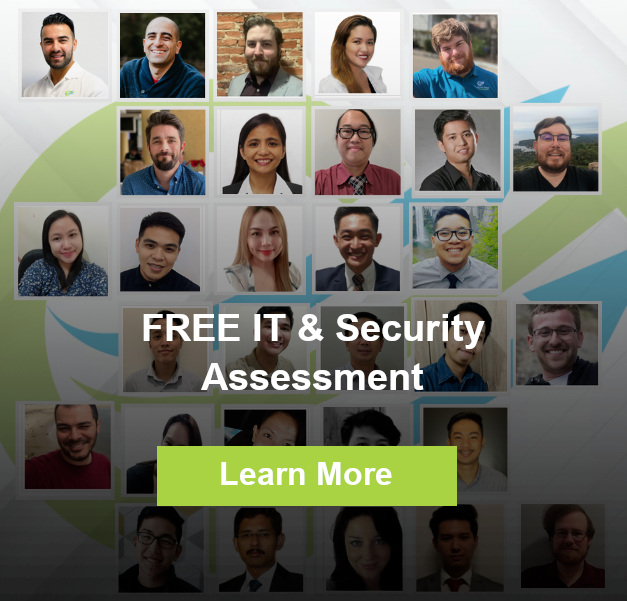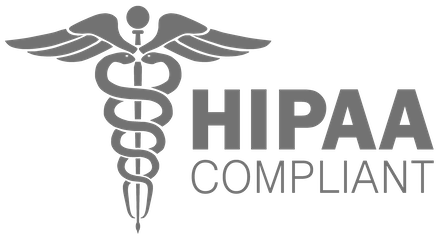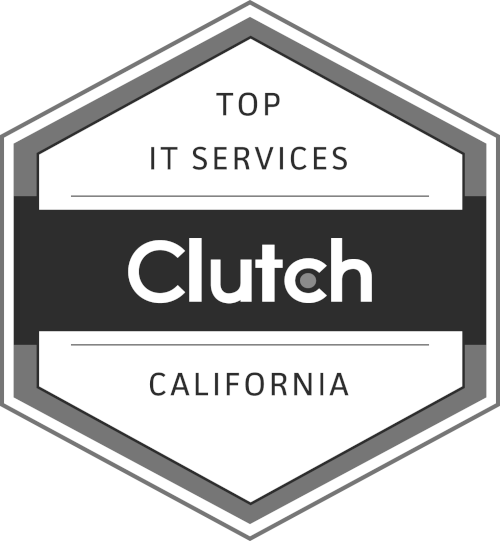
- What would happen to your nonprofit if stolen donor or program data was suddenly published online?
- Are your current defenses strong enough to stop cyberattacks that don’t use ransomware at all?
- How much trust could your nonprofit lose if sensitive information about donors, staff, or beneficiaries leaked?
Earlier this year, a Bay Area nonprofit that provides after-school programs for underserved youth faced a quiet but devastating cyberattack. Everything seemed normal. Classes were running, volunteers were checking in, and donors continued giving online.
But behind the scenes, attackers had gained access to the nonprofit’s shared cloud drive through a single phishing email. For weeks, they silently copied sensitive records: student enrollment forms, volunteer background checks, and financial aid applications.
Then came the demand. Unless the nonprofit paid $40,000 in cryptocurrency, all of the stolen information would be leaked publicly.
The leadership team was stunned. Their systems were still operating, but the threat of exposing children’s personal information was unthinkable. Paying the ransom seemed like the only option, yet there was no guarantee the data would ever be erased.
This is the frightening reality of data extortion. Hackers don’t need to lock systems anymore. Simply stealing sensitive information and threatening to release it can paralyze an organization.
What Makes Data Extortion Different
Ransomware once dominated the headlines. Today, nonprofits are facing a new challenge: data extortion attacks.
Instead of encrypting files, attackers quietly exfiltrate confidential records and then use them as leverage. For nonprofits that depend on trust and community support, this approach is uniquely damaging.
At TruAdvantage, we specialize in helping nonprofits across the Bay Area navigate these risks. Through our work with organizations such as Latinos for Education and a Bay Area religious nonprofit, we’ve seen firsthand how essential proactive cybersecurity has become.
The Hidden Playbook of Data Extortion
Infiltration: Hackers often start with stolen credentials, phishing attempts, or cloud misconfigurations.
Extraction: Sensitive files such as donor records, program data, or HR documents are silently copied.
Exploitation: Attackers demand payment in exchange for not publishing the data. There are no recovery keys, just the looming threat of exposure.
Why Nonprofits Are at Greater Risk
Trust at Stake
Nonprofits rely on reputation and donor confidence. A single breach can erode trust and impact future funding.
Regulatory Compliance
Organizations handling health, payment, or international donor data may face penalties under HIPAA, PCI DSS, or GDPR if information is exposed.
Legal Costs
Donors, beneficiaries, or staff may pursue claims if their information is compromised.
Risk of Repeat Attacks
Even if a ransom is paid, attackers often keep stolen data and attempt extortion again later.
Why Attackers Prefer Data Extortion
Researchers note that extortion is increasing for three reasons:
- It is faster than traditional ransomware.
- It is harder for outdated security tools to detect.
- The fear of public exposure makes victims more likely to pay.
In 2024 alone, more than 5,400 extortion-based incidents were reported worldwide, an 11 percent increase from the previous year. Nonprofits, often managing sensitive data with limited security budgets, remain an attractive target.
Where Traditional Defenses Fall Short
Many nonprofits still depend on traditional firewalls and antivirus software. These tools cannot stop modern extortion tactics that disguise themselves as normal traffic, exploit overlooked cloud storage, or steal login credentials without triggering alerts.
How TruAdvantage Helps Safeguard Nonprofits
TruAdvantage delivers managed IT and cybersecurity services tailored to the needs of mission-driven organizations.
Zero Trust Security
Every device and user is verified, multi-factor authentication is enforced, and access is limited to only what is necessary.
Advanced Threat Detection
Real-time monitoring identifies unusual behaviors and blocks unauthorized data transfers.
Encryption of Sensitive Data
Donor and beneficiary records are encrypted both at rest and in transit.
Reliable Backups and Disaster Recovery
Offline and regularly tested backups ensure that operations continue even in the event of a breach.
Security Awareness Training
Staff and volunteers learn how to identify phishing, social engineering, and other common attack methods.
We are an Nonprofit-focused, Award-winning IT Solutions providers in San Francisco, San Jose and Northern California.Need Managed IT Services for your Nonprofit?
Final Thoughts
Cybercriminals are adapting, and nonprofits cannot afford to remain reactive. Safeguarding donor trust and protecting community data is essential for sustaining your mission.
TruAdvantage offers a Free IT and Security Health Check for Bay Area nonprofits. This assessment identifies vulnerabilities, reviews your current protections, and provides a clear roadmap to strengthen your defenses.
Click here to schedule a call with us
Categories: NonProfit Orgs














